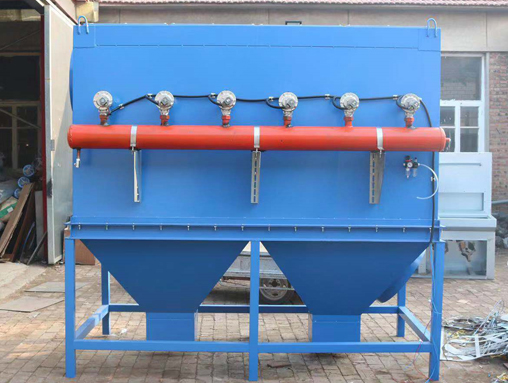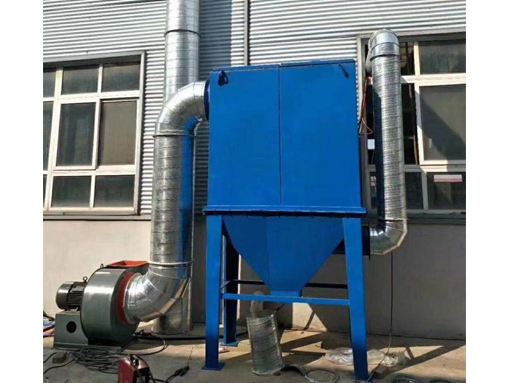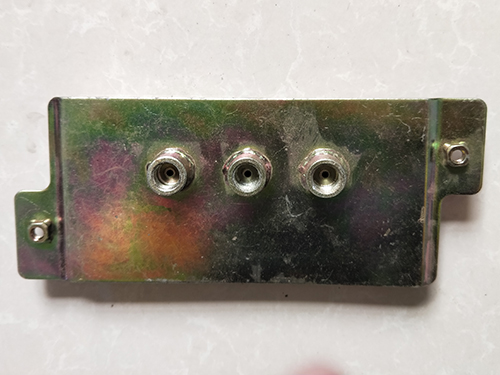Principles and process requirements followed in stamping die design
1. Determine the form and type of mold structure
Based on the production batch, precision requirements, shape characteristics, mold maintenance, and manufacturing conditions of the determined stamping parts, the selection of simple molds, continuous molds, or composite molds will be determined on the basis of operability and convenience. At the same time, the molds to be used will be coordinated and consistent in terms of service life requirements, strength, stiffness, structural form, and type. Strength issues are often encountered in composite molds, manifested as the concentrated occurrence of flanging, punching, and material dropping on a pair of composite molds.
2. Selected workpiece positioning method
When selecting the positioning reference, try to coincide with the design reference as much as possible. If they do not coincide, the tolerance should be reassigned based on the dimension chain calculation theory, and the design dimensions should be converted into process dimensions. However, this approach requires high precision in machining parts. When selecting multiple stamping processes on different molds for part production, the standardization of process benchmarks is essential. To locate, the selection should be based on a surface that does not move or deform during stamping as the positioning surface. And the positioning surface on the stamped part varies with the shape of the part. The outer shape positioning, one hole and two hole positioning that are far apart are suitable for flat parts, the hole or shape positioning is suitable for curved parts, and the flange positioning is suitable for deep drawn parts.
3. Standards and specifications for the design and production of mold parts
When calculating, designing, positioning, selecting, unloading, pressing, connecting, and fastening mold working parts, relevant standards and specifications must be strictly followed. Design can only be carried out when there are no standards available for selection. At the same time, it is necessary to calculate and select rubber and springs.
4. Drawing of the overall assembly of the mold
Based on the mold structure draft, the formal assembly will be drawn. The assembly should be able to clearly express the interrelationships between various parts, and also have sectional views, profiles, and projections that can explain the mold structure. At the same time, the workpiece and layout should be drawn, and the technical requirements and parts list should be filled in.
The stamping function required for stamping materials of stamped parts is to facilitate simple and easy stamping of parts for production and processing; The degree of deformation and overall deformation during one stamping process should be large enough to improve production power. The condition mentioned in front of us is that the wear and tear of stamping materials on stamping parts and stamping molds should be low.
Secondly, the stamping data of the stamped parts should meet the corresponding process requirements, for example, their thickness should comply with the standards. Although different mold gaps are suitable for different thicknesses of data, if the thickness of the data is too large, it may not only directly affect the quality of the stamped parts, but also lead to damage to the mold or press.
And the data itself should also have a high surface quality, without defects such as oxide scale, cracks, rust spots, scratches, delamination, etc. Good quality data is not easy to break or scratch the mold during processing, and the surface quality of stamped parts is also good.
At the same time, it is required that the materials used to produce stamped parts have high elongation and cross-sectional shortening rates, low yield and tensile strength, high plasticity, and a large degree of deformation, which is conducive to the stability and uniformity of the stamping process, and improves the forming scale accuracy of stamped parts.
In addition, stamping materials should also have outstanding habitual functions for mechanical bonding and continuous processing, reducing the possibility of damage to mechanical equipment. Using materials that can satisfy the above conditions to manufacture stamped parts, the quality is definitely guaranteed.
Before setting up the stamping die used in the production of stamping parts, it is necessary to select a suitable punching machine for the mold tonnage and check whether the mold height is within the allowable range of the punching machine.; The upper and lower surfaces of the punch press should be tidy and clean, without any foreign objects. The bottom surface of the mold seat should not have any foreign objects and should be placed flat.
Next, the stamping die for forming the stamped part can be placed in the middle of the punching table, and the punching stroke can be selected and adjusted together with it. At the beginning of the mold installation, the slider should be raised first, and then gradually lowered to the bottom dead center using the inching method. Regarding some molds with mold handles, align the mold handle with the mold handle hole until it reaches the bottom dead center, then close and shrink the mold first.
Some stamping molds do not have a mold handle, as the mold only needs to be placed in a suitable position and attention should be paid to molds with feeding holes, which must not be blocked. It is important to note that the cushion blocks used should be flat and their stress balance should be checked. It is also important to avoid material blockage to prevent damage to the mold.
When setting up the mold frame for stamping parts, the upper mold can be tightened first for the formable mold, and then the waste material with the required punching material thickness can be placed in it. Use a slider to adjust it to the appropriate closing height, and empty it two to three times before locking the lower mold. When using a V-shaped mold frame, close and lock the upper and lower mold sliders, and then raise the slider to the thickness of the material being punched.







